Remember 1980s Miami With Photos That Capture The City’s Magic
It’s hard to think of a decade and a city more synonymous with one another than Miami in the 1980s. The city was glamorized for its extensive beaches and lavish nightclubs, while simultaneously dealing with an uptick in crime.
While the city dealt with significant growing pains during this era, it was able to emerge from the decade as a vibrant, international city that still looms large in pop culture.
Miami Vice helped set the tone.
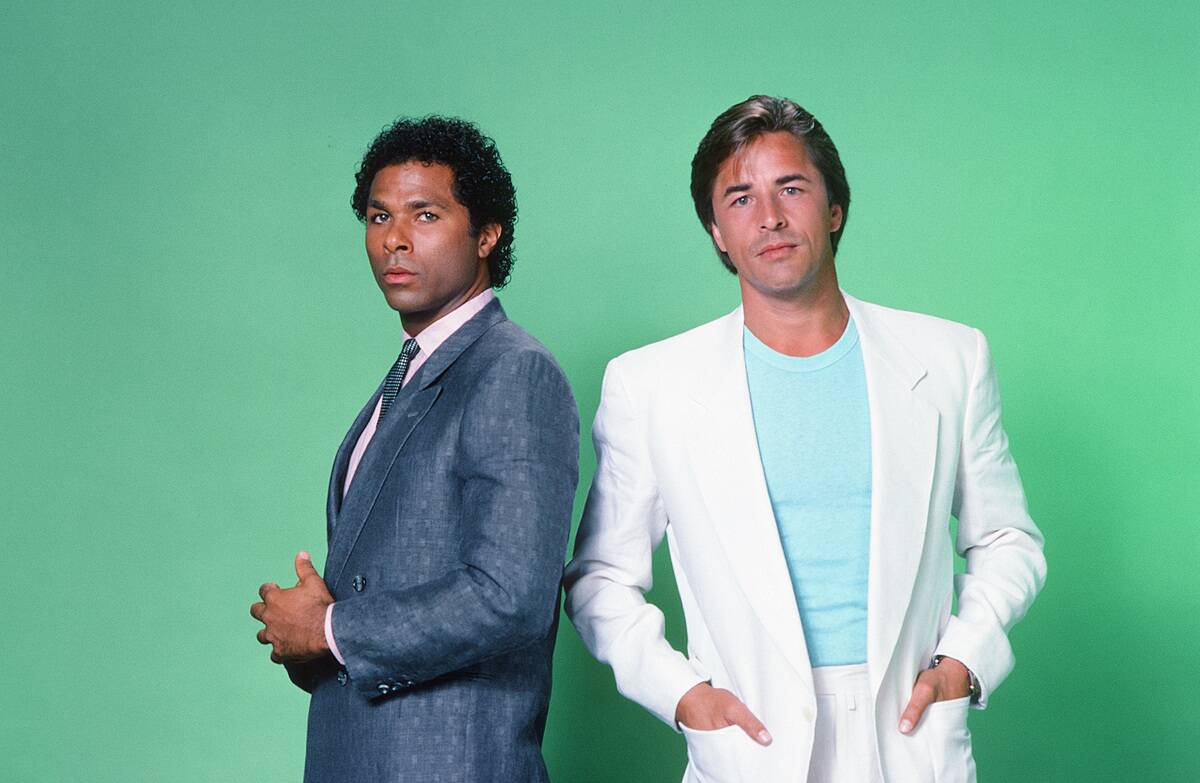
For many people, the stylized version of Miami depicted on the hit TV show Miami Vice shaped their view of the city.
This promotional image from season one shows Philip Michael Thomas and Don Johnson, who played a pair of detectives who took on Miami’s criminal underworld. With its charismatic leads and cinematic visuals, the show was one of the biggest hits of the decade.
These hotels are quintessentially Miami.
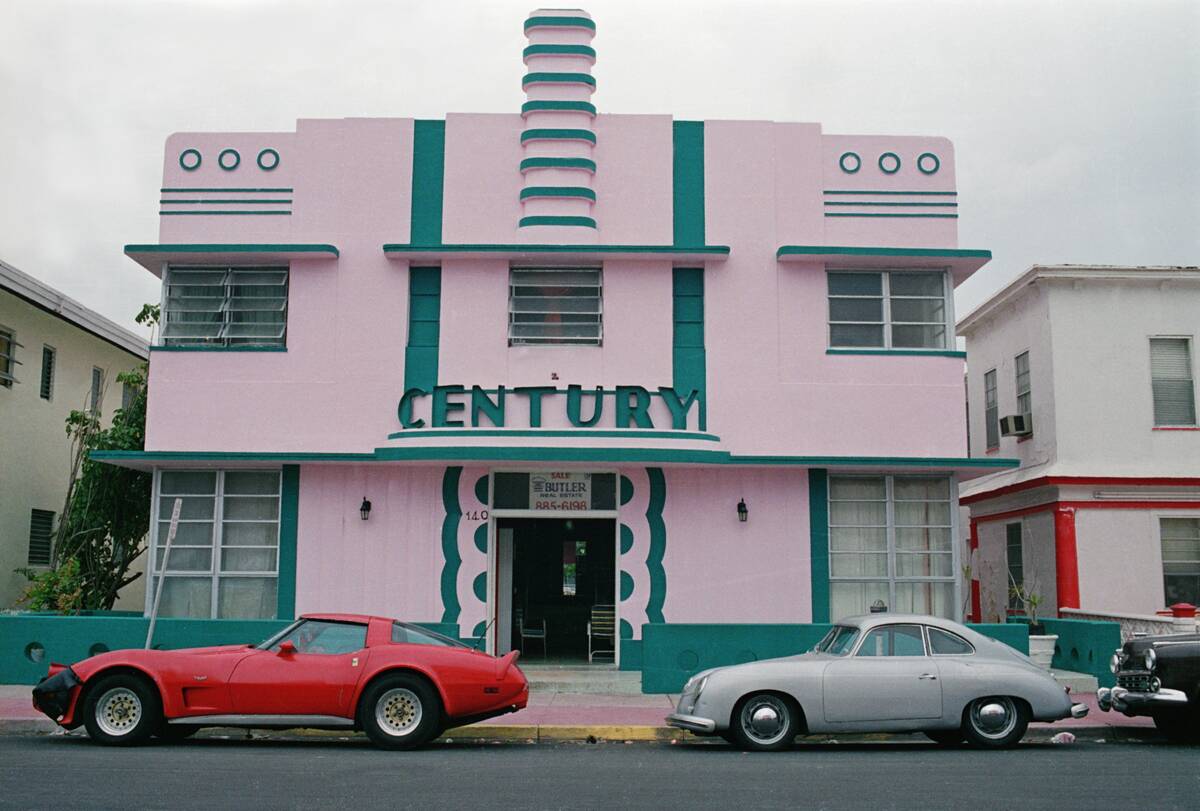
Miami’s art deco hotels, particularly those along Ocean Drive in South Beach, are a symbol of the region. While they weren’t built in the ’80s – most were put up during the ’30s and ’40s – Miami’s role on the national stage helped to make them iconic during this decade.
Of note, many of these hotels were restored during the 1980s by the Miami Design Preservation League. Without these efforts, they may have been torn down.
It was a new home for many people
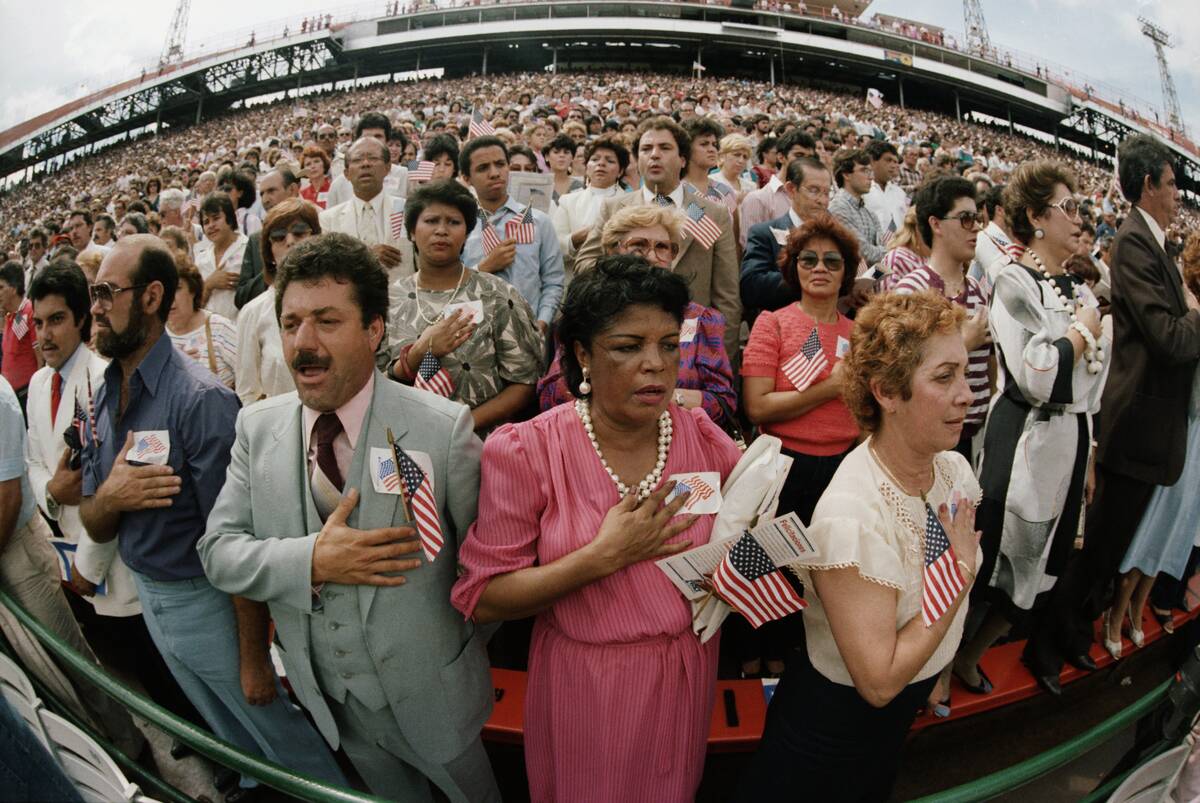
Although it was clear that Miami was a logical place for Cubans escaping Fidel Castro’s regime to go, the fact that it’s one of America’s largest ports means that it’s also one of the places where immigrants are most likely to become new citizens.
For instance, here are about 10,000 people of various ethnic backgrounds pledging allegiance to the United States during a naturalization ceremony at Miami’s Orange Bowl Stadium.
Even churches can look like tropical villas
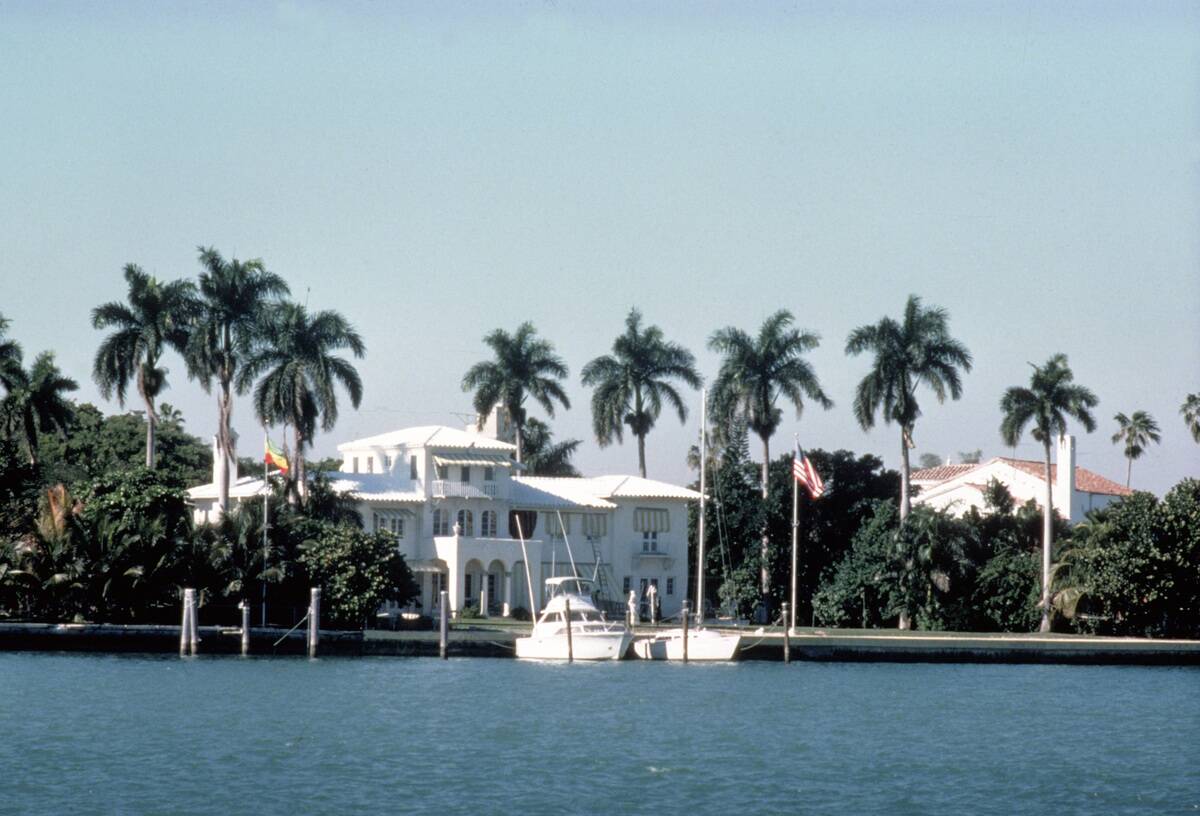
There’s something deeply distinct about the architecture in Miami, and that’s especially true for the fancier parts of town. It’s hard not to envy people with these beautiful houses surrounded by palm trees and overlooking their private docks.
However, this house isn’t owned by some kingpin or business mogul. Instead, this was the American headquarters of The Ethiopian Zion Coptic Church in 1983. Specifically, it sat on Miami’s swanky Star Island.
It was (and is) a hub for Latin American culture.
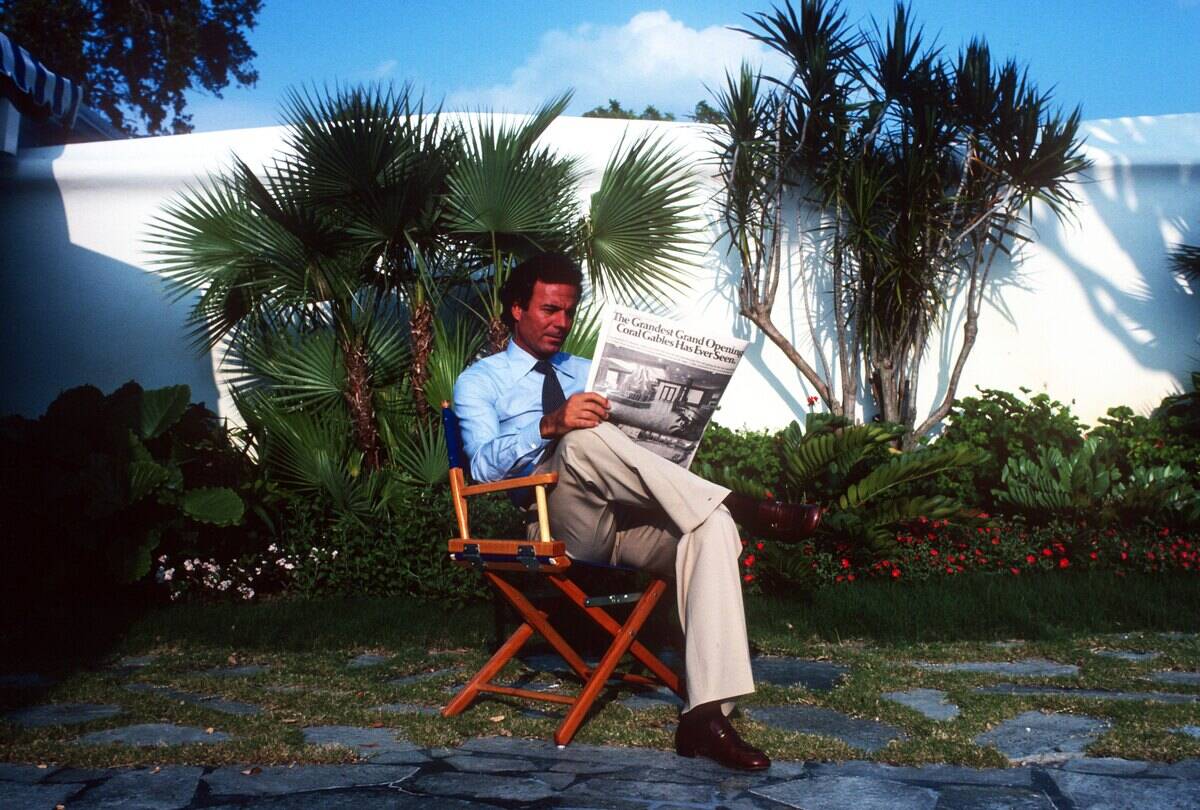
This image of musician Julio Iglesias relaxing poolside at his Miami mansion in 1980 shows one of the city’s biggest stars in his adopted home city.
Iglesias was already one of the best-selling Latin artists of all time, and his bilingual crossover appeal helped him gain traction with new audiences.
Civil unrest could be an issue.
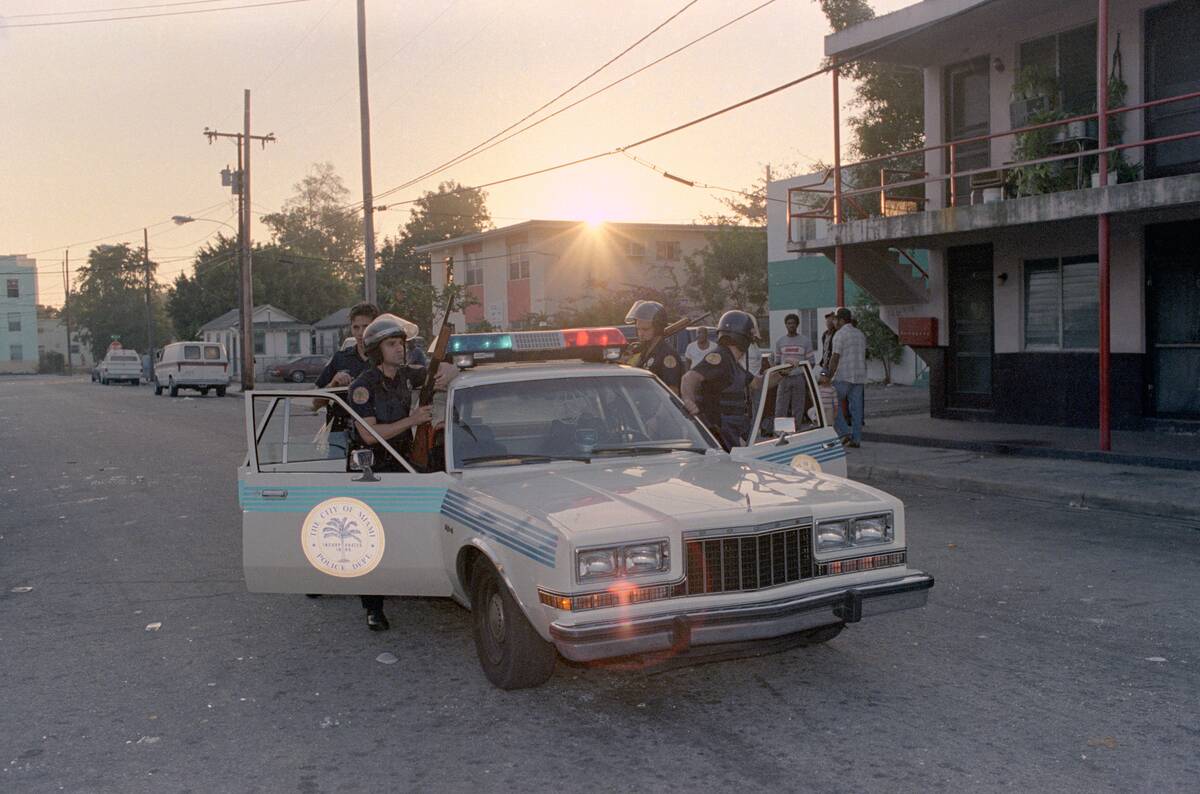
While not as well known as the various riots that have plagued Los Angeles over the years, Miami was still the site of numerous major riots in the 1980s that underscored deep racial and economic tensions.
This image shows a riot squad patrolling Miami’s Overtown area in the aftermath of a riot. This riot was spurred by the death of a Black motorcyclist who was chased down by police.
In Miami, just about everyone with the wealth had a boat
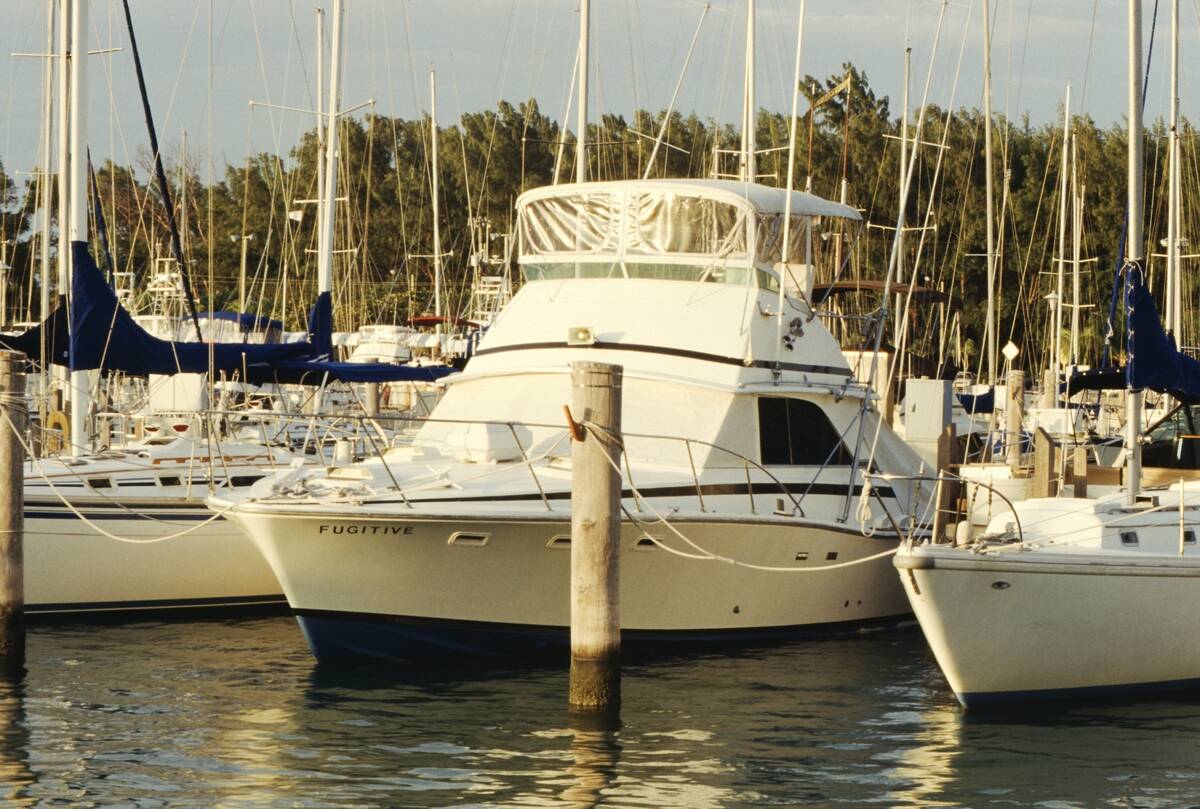
Most of the time, the common wisdom is that the happiest days in a boat owner’s life are the day they buy it and the day they sell it. However, it may not feel like such an impractical money pit in a place with the infrastructure for boats.
Although Miami isn’t Venice, the city was nonetheless built with the understanding that it would need a lot of room for people’s boats. And Fugitive here is just one of the many luxury yachts to be found in the city.
Art deco was celebrated.
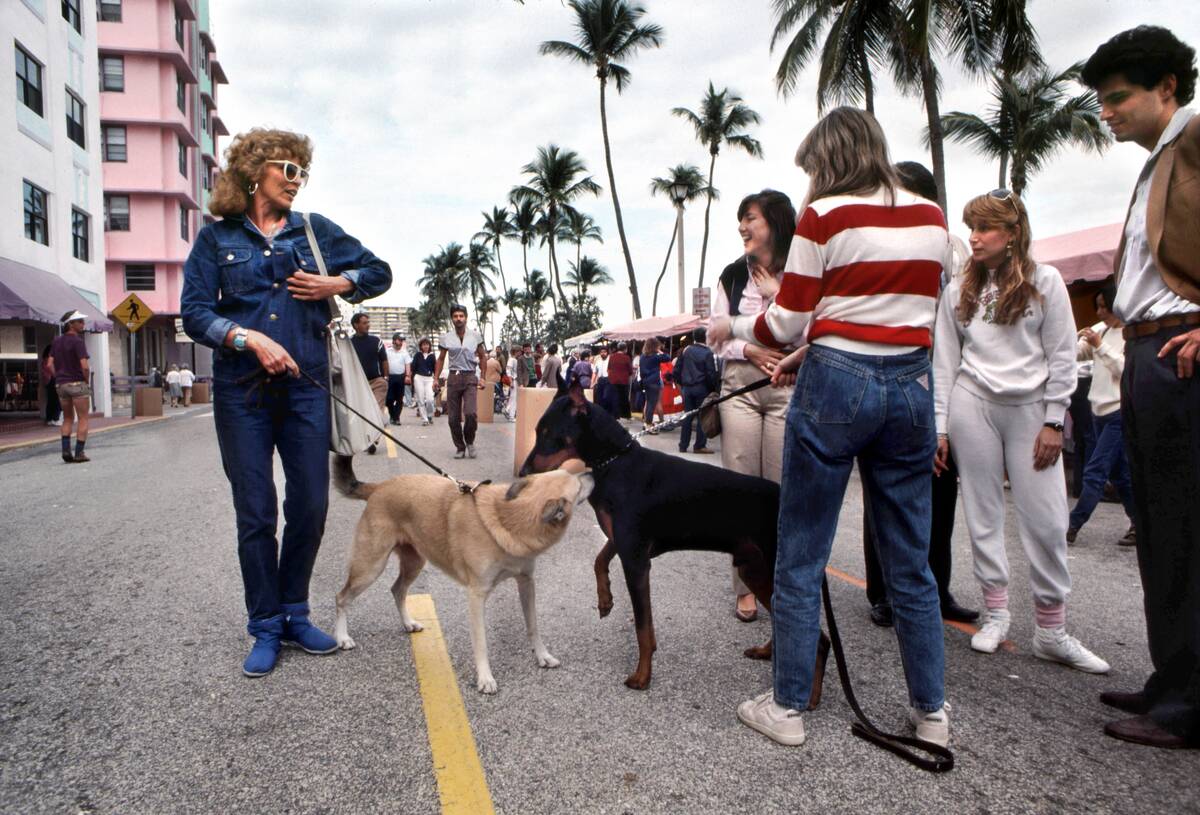
For decades, the art deco hotels on Ocean Drive were not viewed as anything particularly special, but in the 1980s, preservationists called attention to Miami’s unique design heritage.
This image from 1981 shows dogs and their humans during a meetup in Miami Beach. The occasion was the Art Deco Festival – an example of Miamians celebrating these visual designs.
A historic year for college football
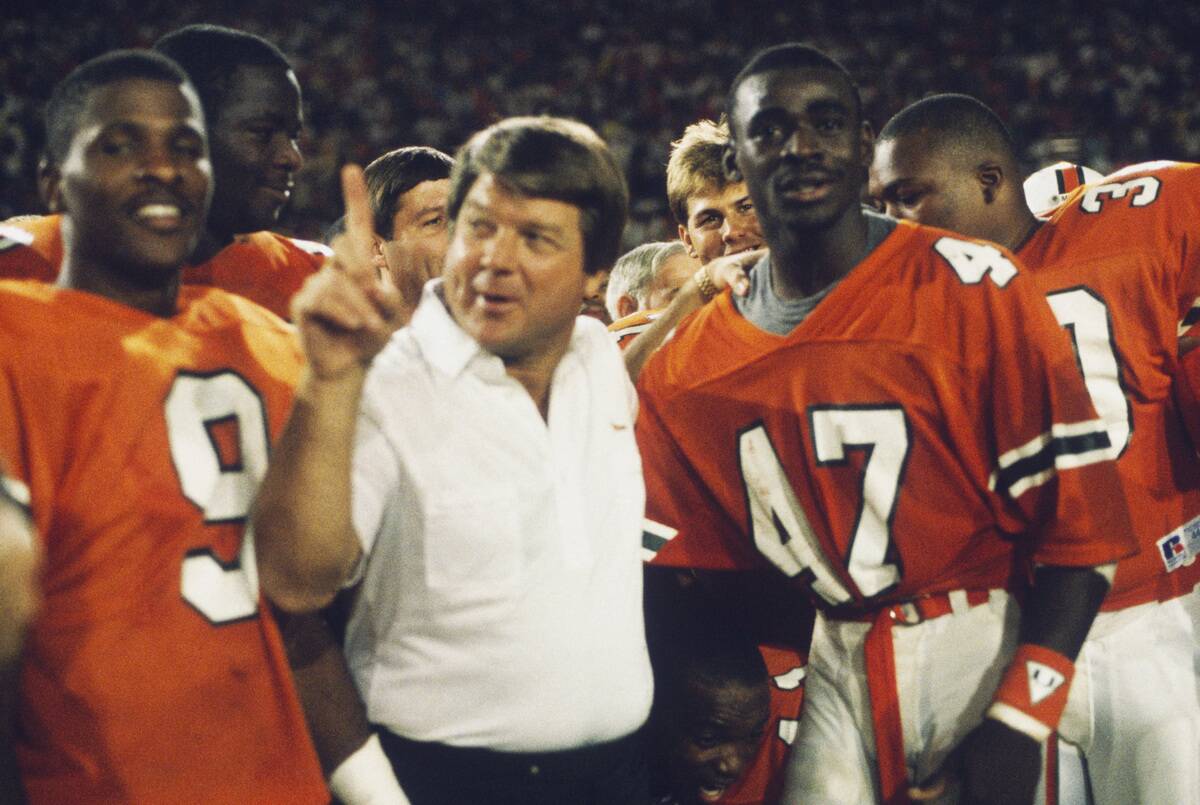
Here, we can see Miami Hurricanes head coach Jimmy Johnson celebrating with Michael Irvin after a major win against Notre Dame. Not only did they completely shut the Fighting Irish out, but they went undefeated for the whole 1987 season.
Naturally, this momentum led them to a national championship, which was held at Miami’s Orange Bowl. Unlike the previous year’s undefeated season, however, this ended in the University of Miami’s second national championship.
At the center of a famous project

Although it seems like someone besides his collaborator Jeanne-Claude is with him, the artist Christo was in the process of covering 11 islands in Biscayne Bay with pink styrofoam as part of an ambitious art project called Surrounded Islands in 1983.
At this point, three of the 11 islands had been finished, but that only came after a long delay, in which the project was postponed by bad weather. Considering that the whole project cost $3.1 million, that was surely an unwelcome setback.
Miami is an oceanic playground.
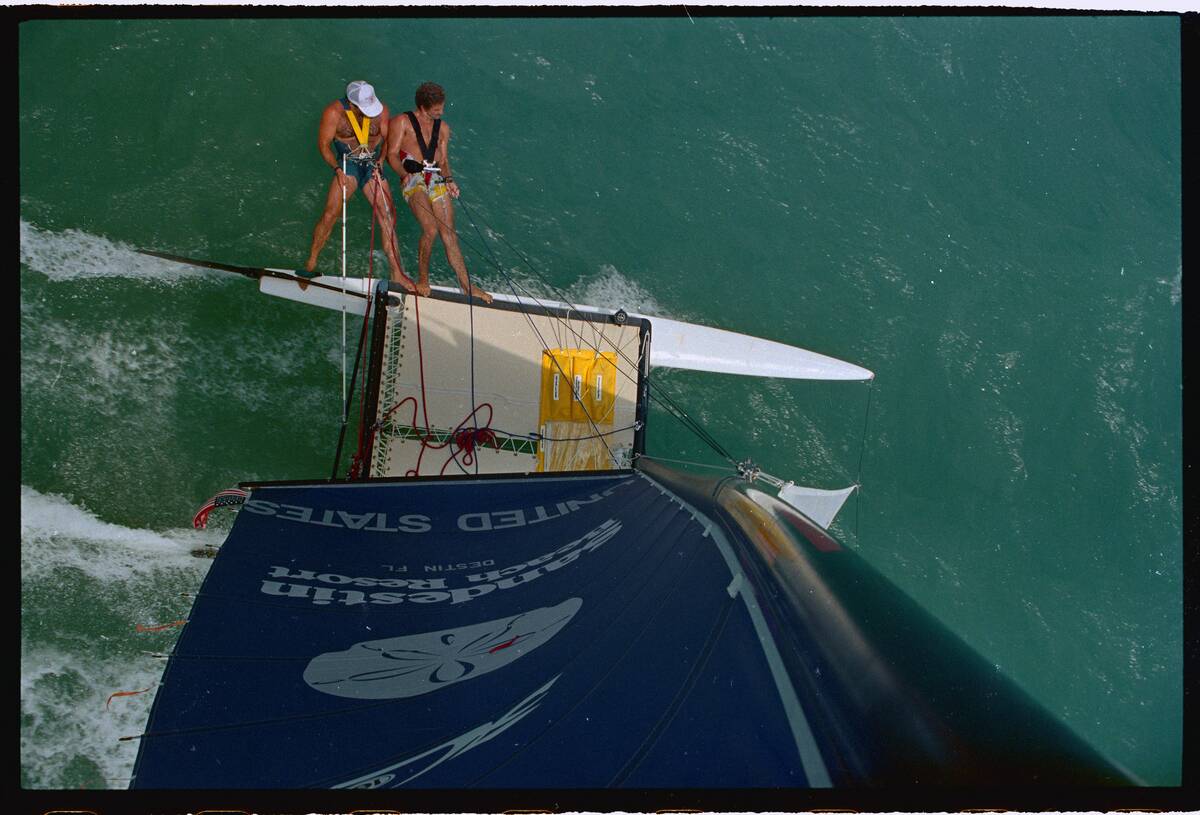
It isn’t too surprising that boats have been a part of Miami’s landscape for as long as Miami has been a city, owing to its coastal location. In the 1980s, boating culture was very much in full swing.
This image shows a pair of boaters on a catamaran as they balance precariously in preparation for an upcoming race.
A robot with a job that now seems familiar
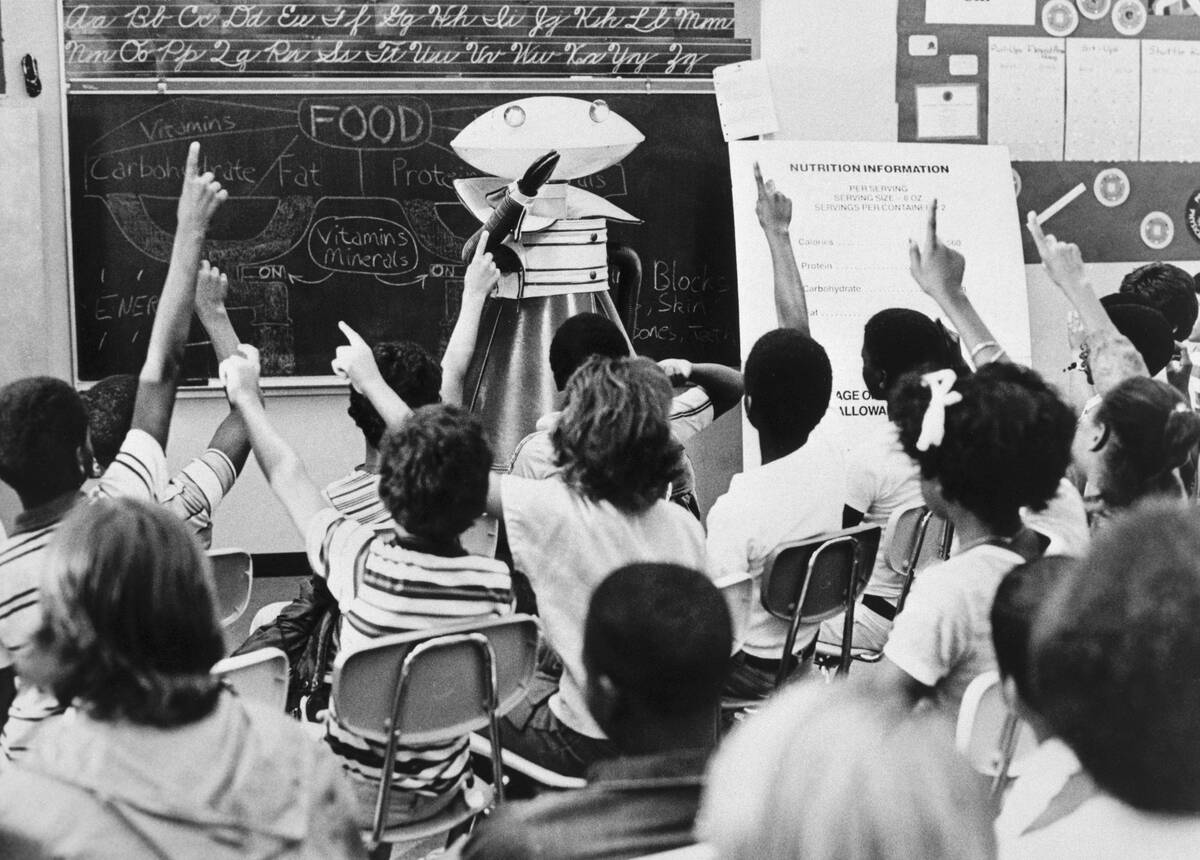
This photo from Miami Gardens Elementary School was taken in 1980, which was just a year after the introduction of Nutro, the “world’s first nutrition teaching robot.” This wasn’t invented in Miami, but the city was big enough to serve as one of the stops on Nutro’s national tour.
Sponsored by Hoffman-La Roche Inc., the project was supposed to be an eye-catching way to teach children about proper nutrition and healthy eating habits.
This isn’t even the fight, but people are still watching
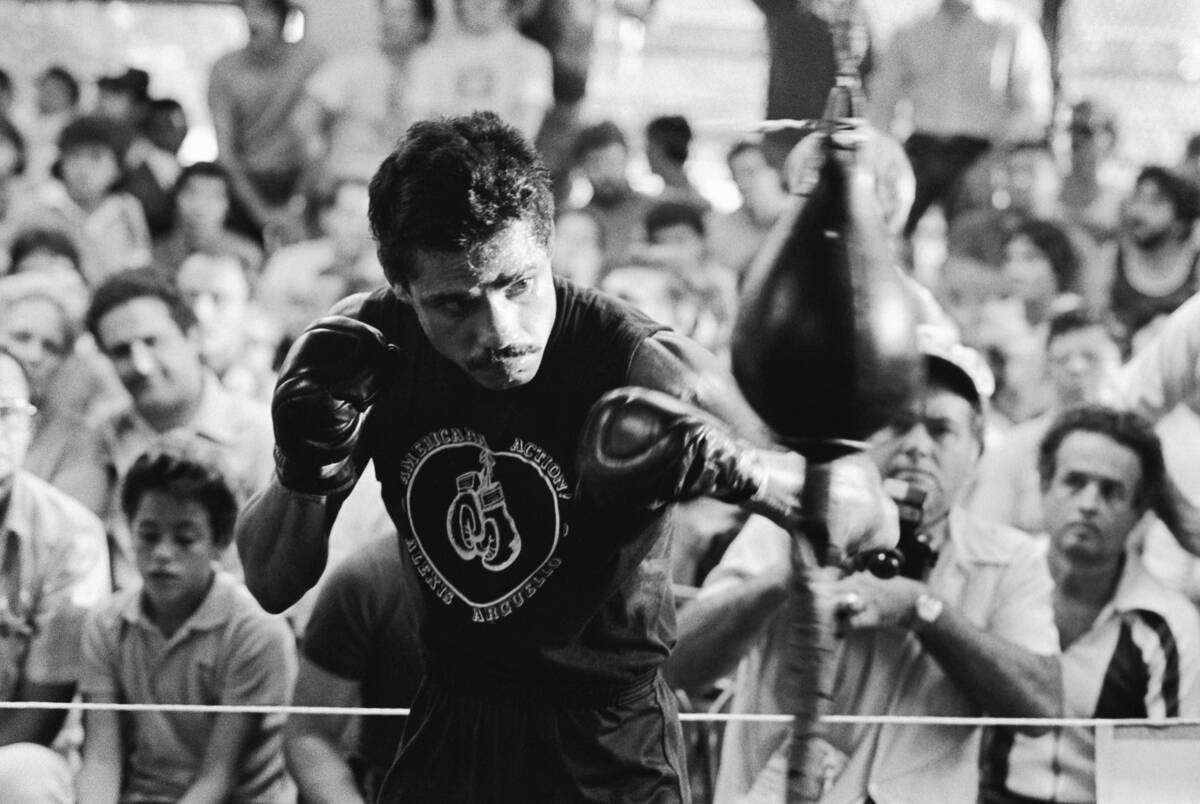
Here, we can see boxer Alexis Arguello training with a speed bag at Miami’s Tropical Park gym on November 10, 1982. This was his final workout before an incredibly high-profile match with another boxer named Aaron Pryor.
Other than their respective skills, what made this fight so exciting was that Arguello would be the first man in boxing history to hold titles in four different weight classes if he won. Sadly, he didn’t succeed despite a tenacious performance, but the anticipation was intense enough that 300 spectators watched Arguello train that day.
It’s a place for pageants.
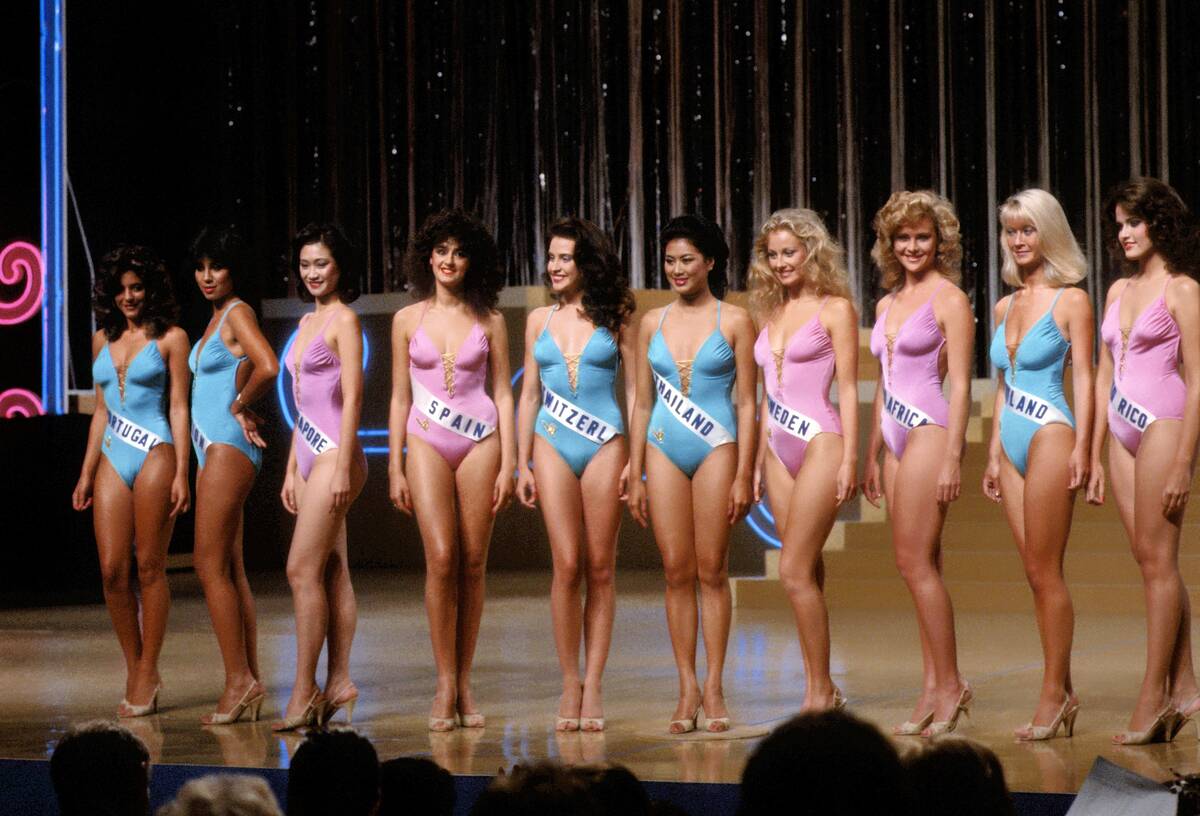
Beauty contests have ebbed and flowed in terms of popularity over the years, but in the 1980s, the Miss Universe pageant was a big deal – and it’s safe to say that Miami was its epicenter.
While Miami wasn’t the permanent home of Miss Universe, it did host the pageant several times in the 1980s at the Miami Beach Convention Center.
This was what it looked like to win one of them
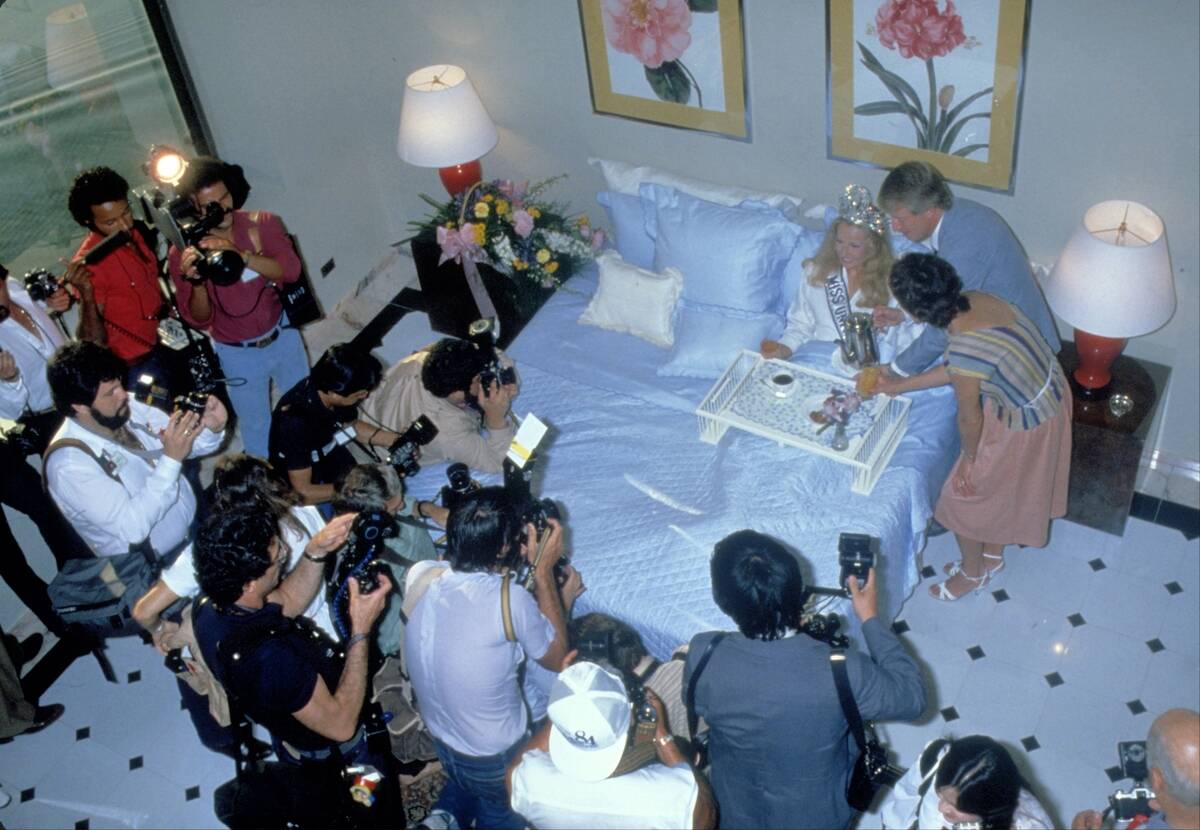
Here we can see the Miss Universe winner for 1984, Yvonne Ryding, taking her breakfast in bed after her victory.
Of course, that’s probably fairly easy to figure out, since it’s one of only a few reasons why she’d be surrounded by so many photographers. Naturally, the crown and sash had to come on, too.
The work never ends for meteorologists.
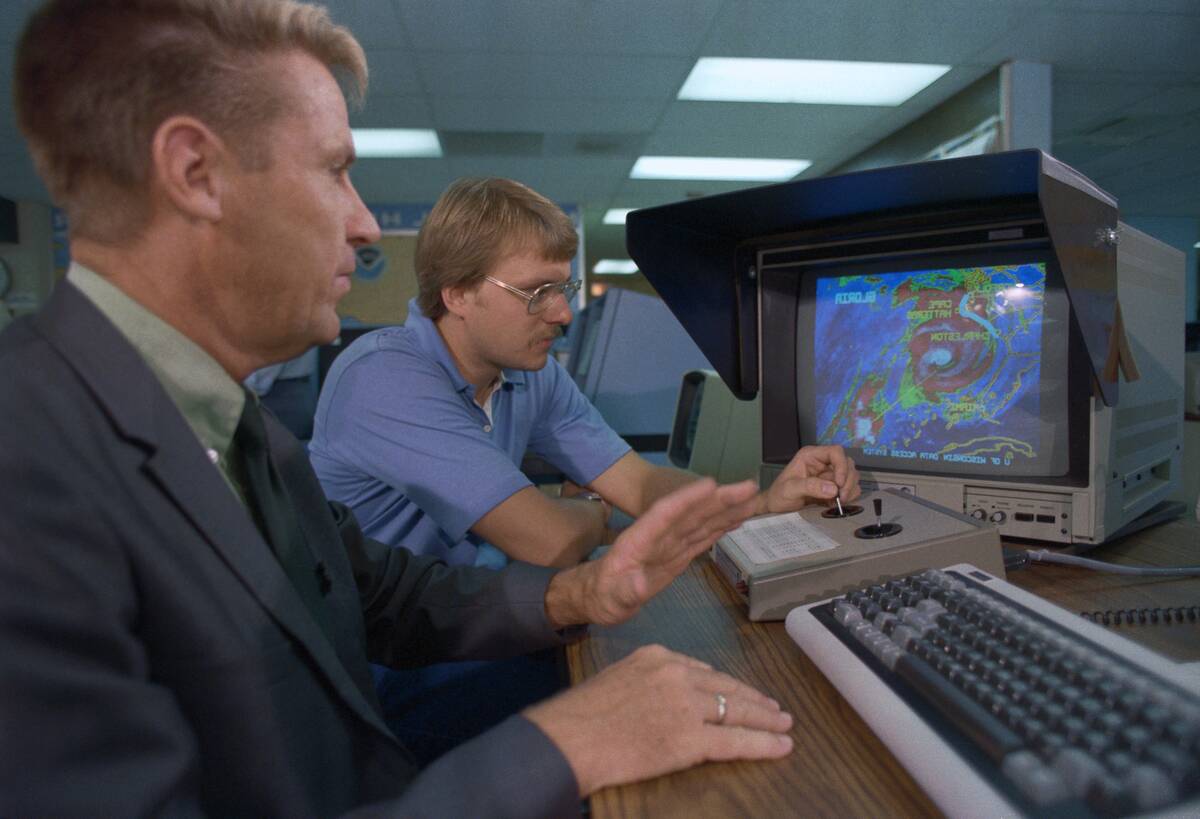
Owing to Miami’s tropical climate and susceptibility to hurricanes, it’s always been critical for city planners and officials to be aware of the current hurricane threat.
While storm tracking technology has come a long way since the 1980s, this image of meteorologists at the National Hurricane Center tracking 1985’s Hurricane Maria shows that eyes have always been on the skies.
You wanted her on your side in the nightclub scene
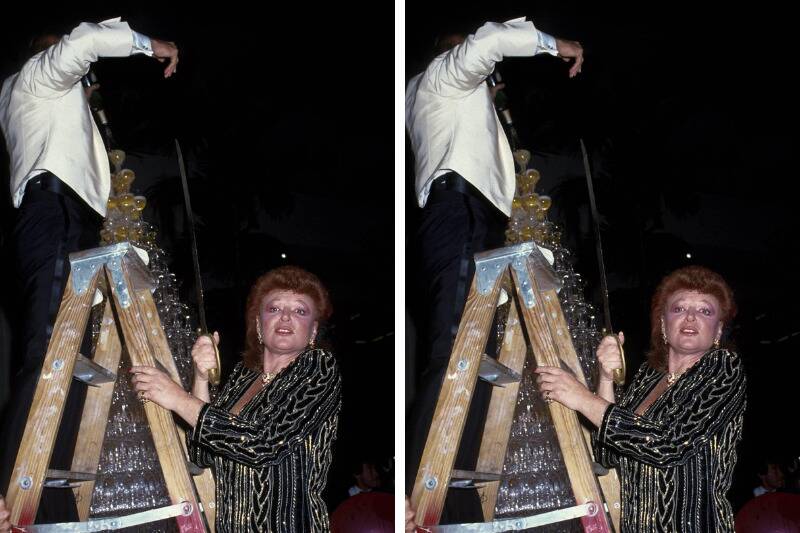
This photo captures Belgian-born French singer Régine Zylberberg (who performed under her first name) as she embarks on a venture she was even better-known for than her music. That’s because she’s credited for practically inventing the Discoteque.
Indeed, she’s brandishing this sword as part of an elaborate commencement ceremony (featuring a precarious champagne tower in the background) for a Miami nightclub that she opened in 1983. She certainly found the right place for it.
Relief was palpable on this day

This sign appeared in this Miami Beach storefront on January 25, 1981. Given that date, it’s probably not the biggest surprise to learn that this was posted in the wake of of the release of 52 American diplomatic workers and other citizens from the U.S. embassy in Tehran, Iran.
Since that crisis was a key wedge issue in a then-recent presidential election and massive international news as it progressed, this grassroots response from relieved Americans was not unexpected.
Customs agents always have their hands full.
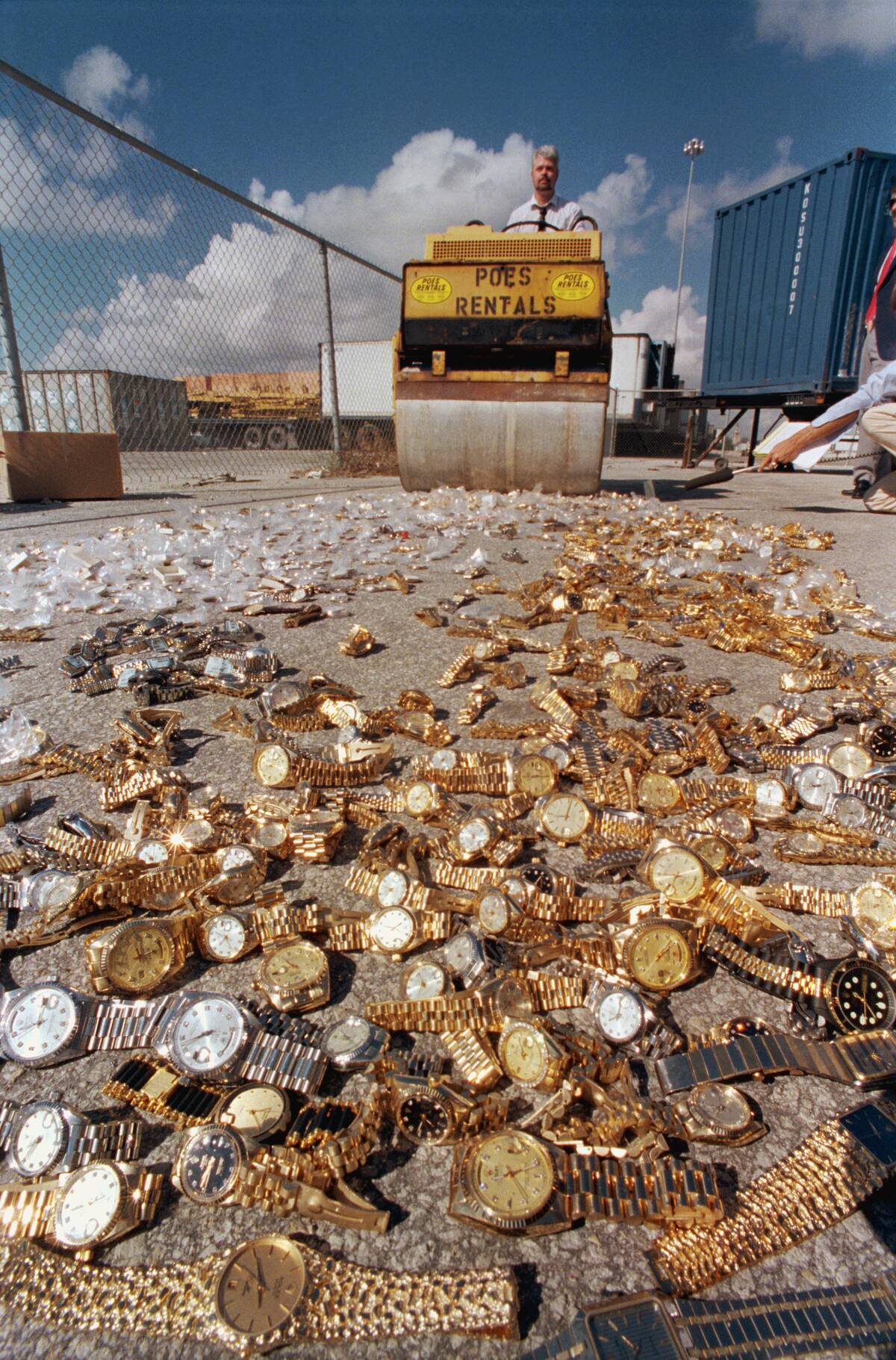
Miami is a hotspot for contraband – not just illicit substances, but also counterfeit goods. This image shows a U.S. Customs agent destroying over 17,000 fake designer watches in a novel way: by using a steamroller.
Counterfeit money and goods were so pervasive in 1980s Miami that they shaped one of the city’s defining images: not of a sun-soaked, glamorous paradise, but of a city with a gritty, dangerous criminal underworld.
Celebrities have always flocked to Miami.
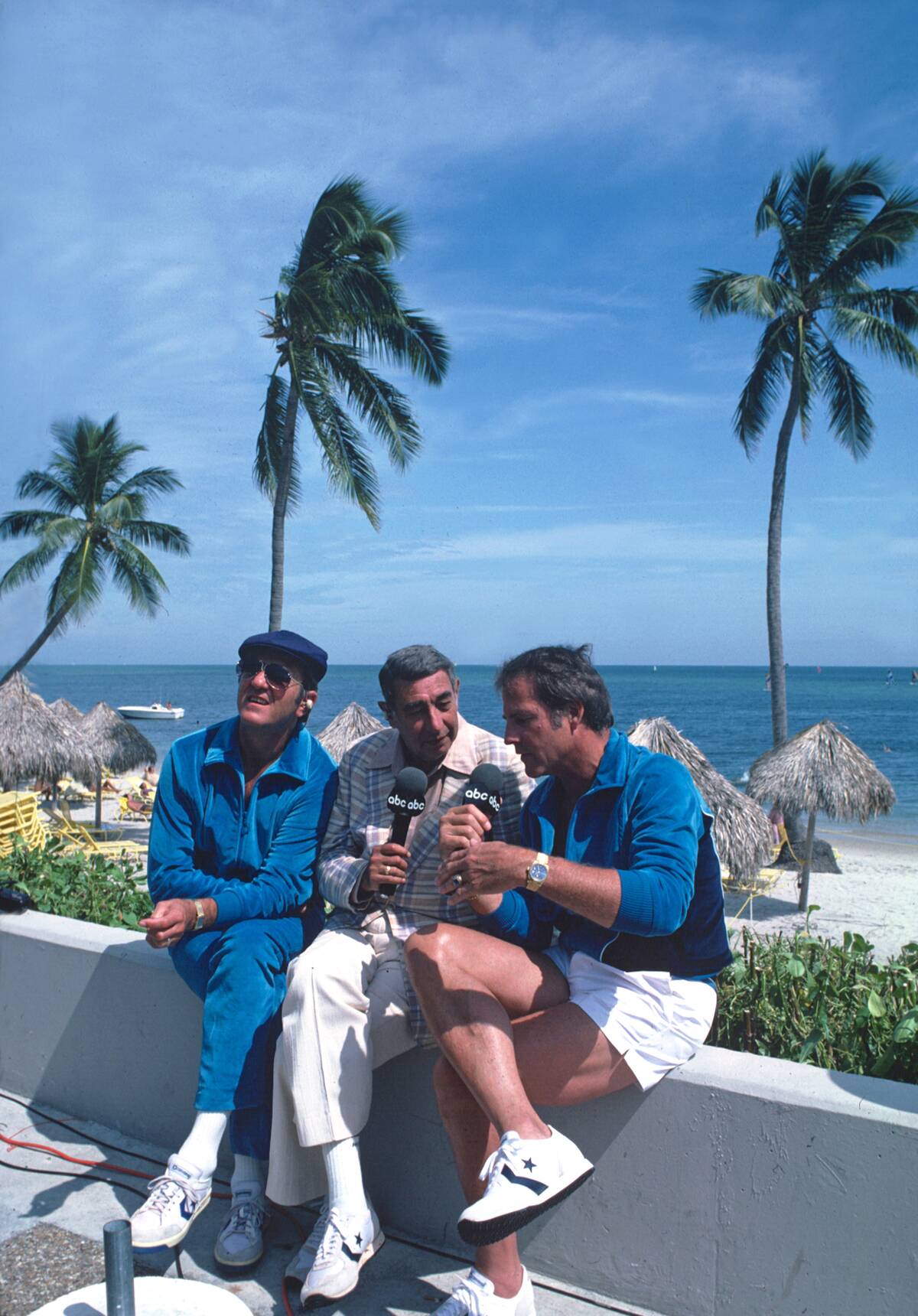
Whether it’s an awards show or a big sporting event, it’s always safe to say that on-air personalities have always enjoyed their time in Miami to cover these events.
This 1982 image shows football personalities Don Meredith, Howard Cosell, and Frank Gifford as they shoot an episode of the NFL Superstars TV show at the beach.
There was a booming trade in illicit substances.
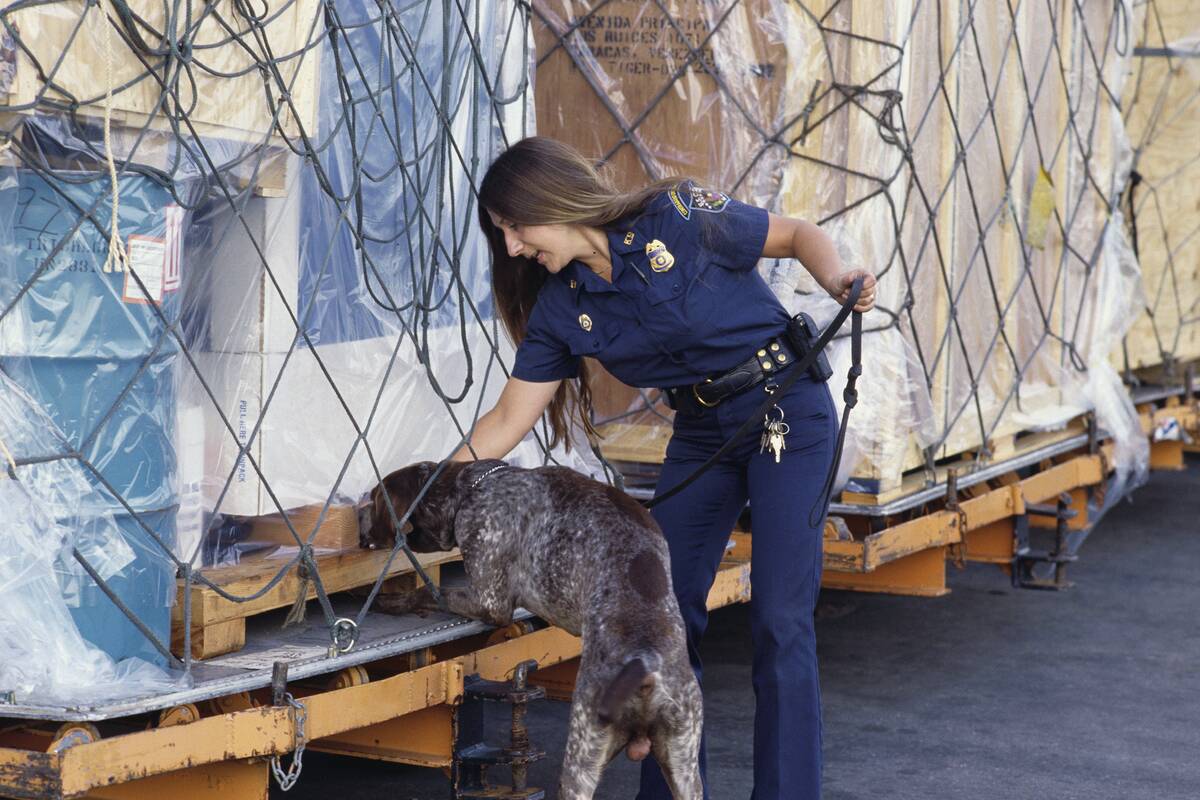
This image shows a police dog undertaking a training exercise, but scenes like this were common in 1980s Miami, owing to the city’s central role in the trade of illegal and illicit substances.
For much of the decade, Miami was the prime U.S. entry point for substances that had been smuggled from Central and South America.
The city contributed to today’s vaporwave aesthetic.
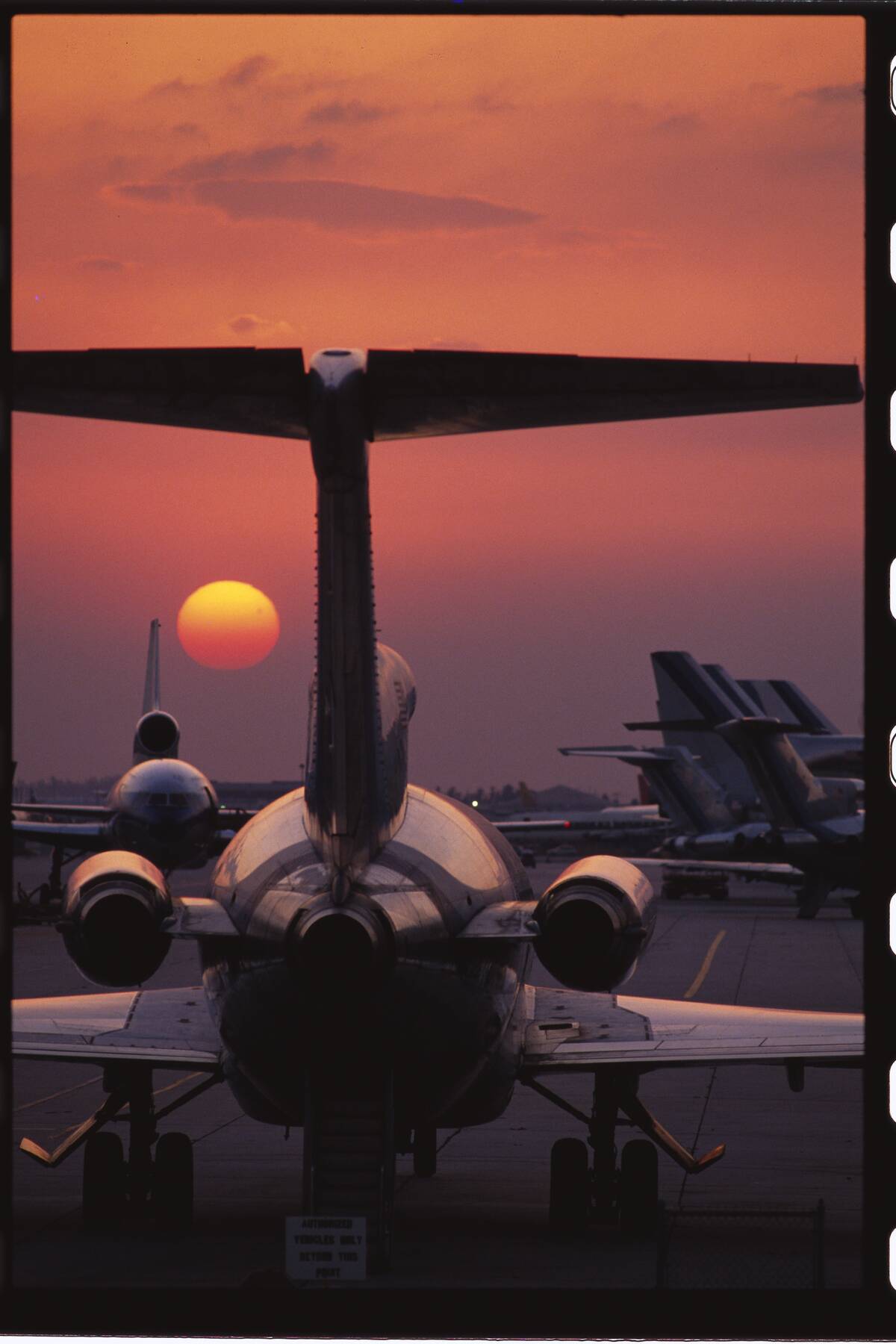
There’s something undeniably dreamy about this photo of an Eastern Airlines passenger jet at Miami International Airport, but the photo wasn’t taken for its aesthetics.
Instead, this image underscored an economic issue: the fact that Eastern Airlines, which was a major carrier in Miami and the Latin American markets, was on the verge of bankruptcy.
It’s a place for high fashion.

Miami’s picturesque setting and frequent sunshine have made it a popular spot for fashion photographers over the years, as evidenced by this 1989 Vogue photoshoot on Miami Beach.
Besides the ideal weather, the pastel hues of the buildings on Ocean Drive give Miami a dreamlike quality and visual appeal that’s all its own.
Races aren’t all on the water.
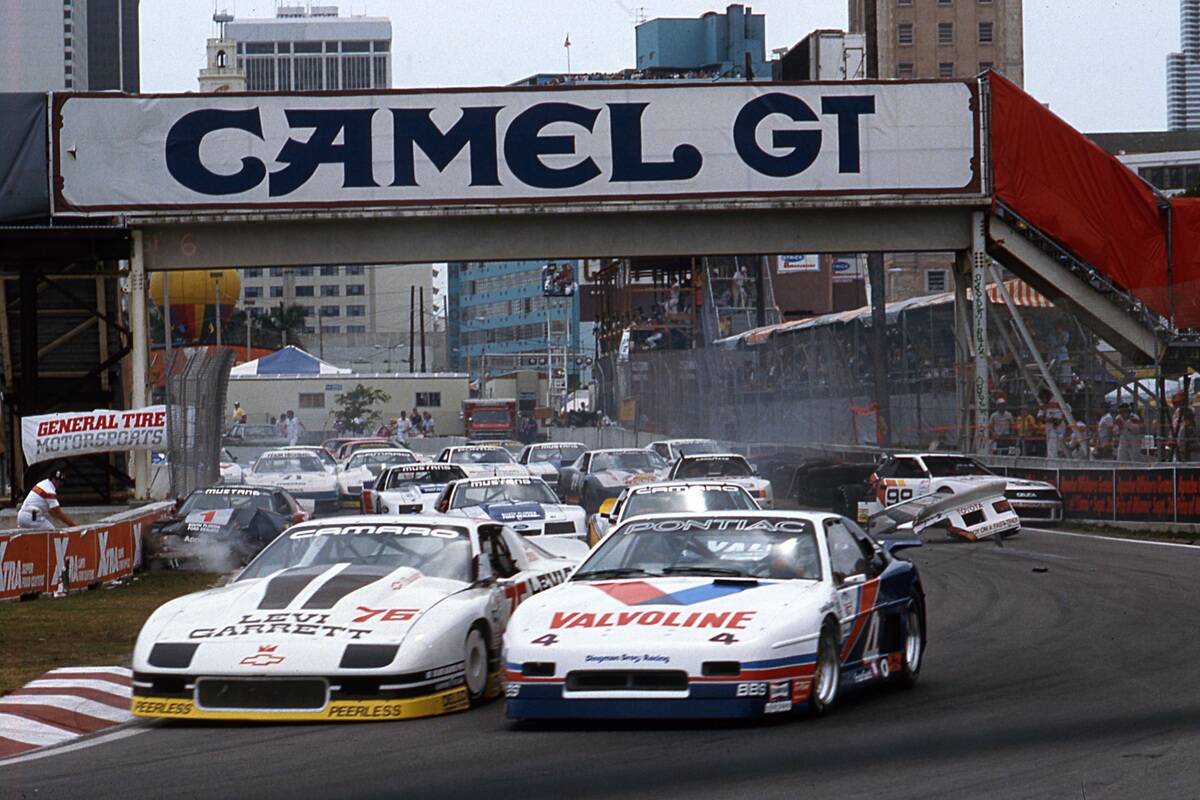
Boat races are a Miami tradition, but road races are also a celebrated facet of Miami’s culture. This photograph shows action at the 1987 Camel GT, which at the time was a premier road racing series.
Camel GT races drew large crowds through the ’80s and into the ’90s, but the series was eventually phased out due to sponsorship changes and shifts in racing trends.
The decade helped shape the city.
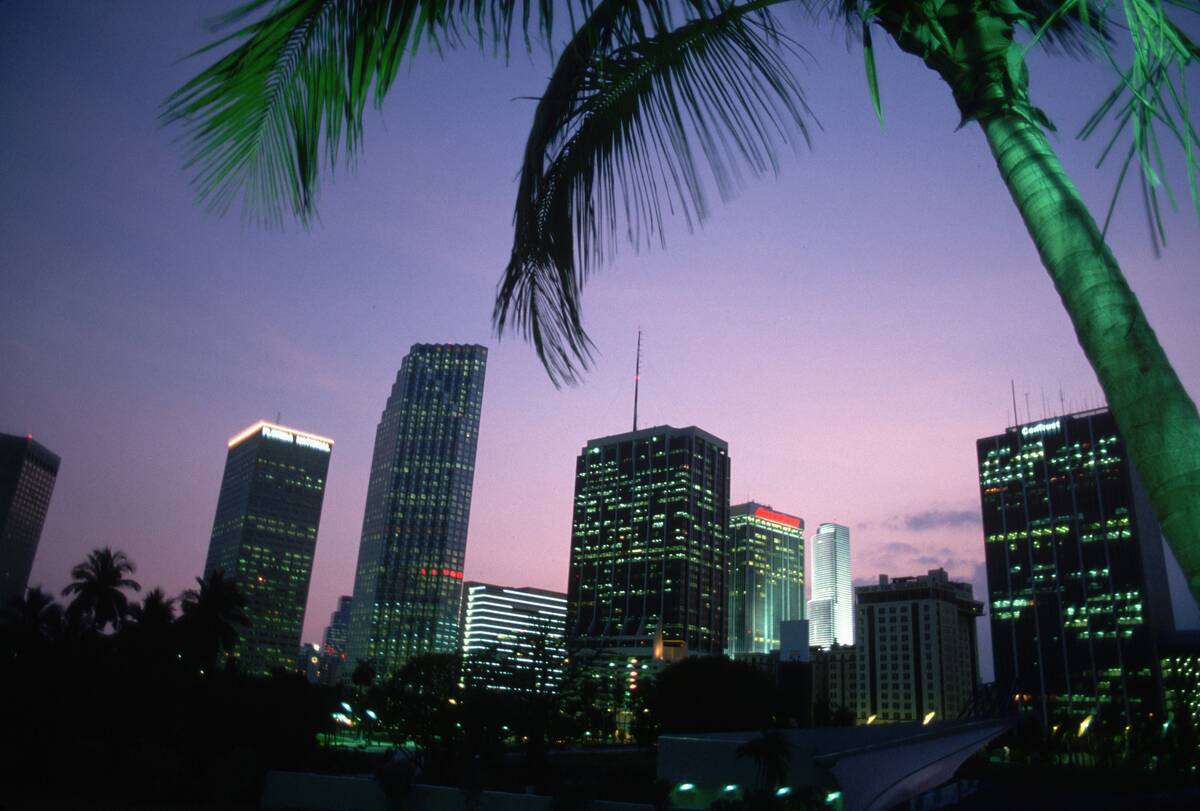
While Miami was a significant U.S. city before the 1980s, it didn’t really enter the national or international spotlight until this impactful decade.
The era was not without its challenges, as Miami in the ’80s is associated with violence and unrest nearly as much as it is with beaches and glamour. Still, Miami emerged from this tumultuous decade with a new image and a new importance on the national stage.



